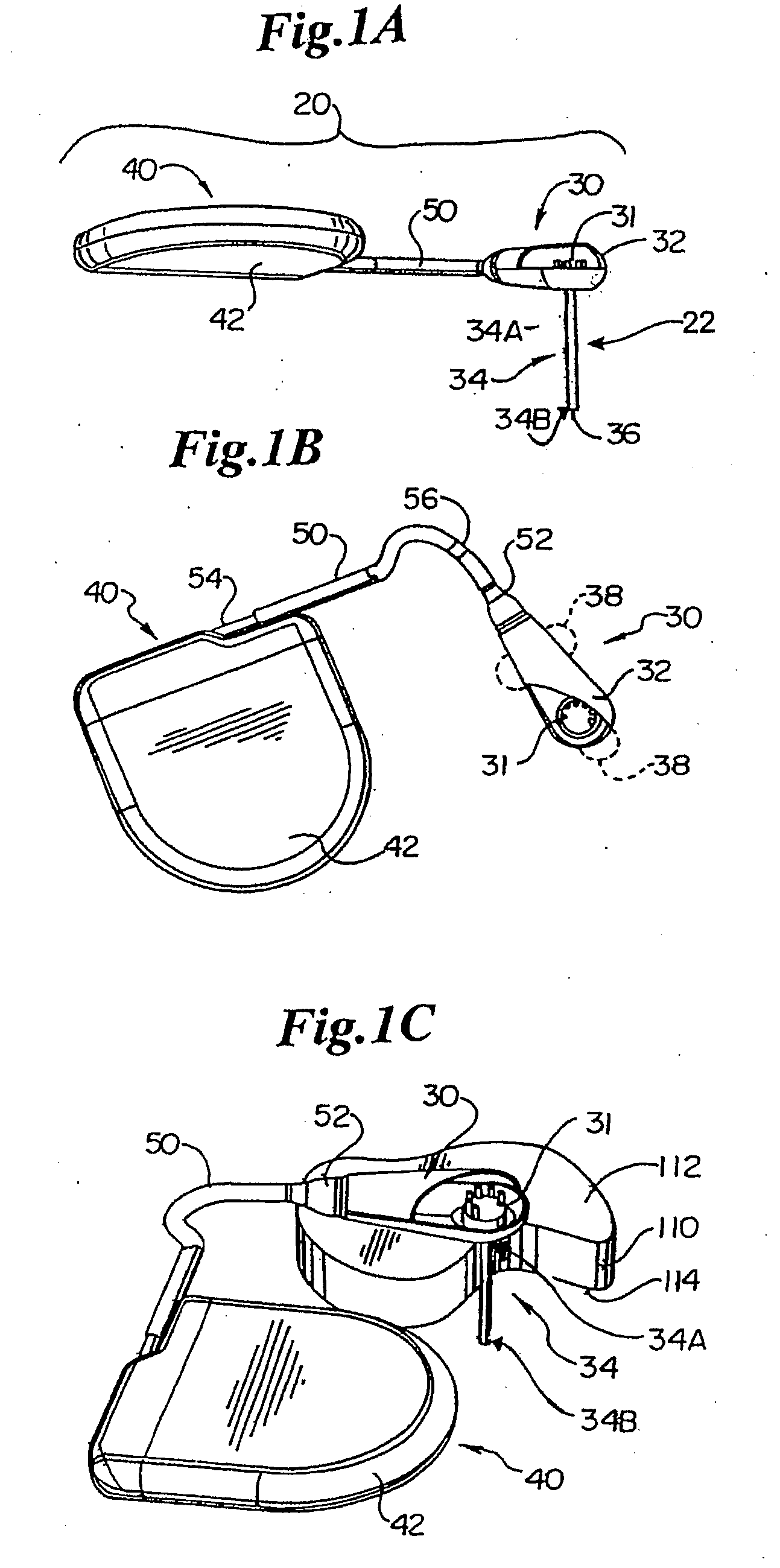Barriers and methods for pressure measurement catheters
a technology of pressure measurement and barriers, applied in the field of medical devices and methods, to achieve the effect of improving viscoelastic barrier materials, and facilitating the measurement of pressur
- Summary
- Abstract
- Description
- Claims
- Application Information
AI Technical Summary
Benefits of technology
Problems solved by technology
Method used
Image
Examples
example 1
Material Stability Testing
[0092]The purpose of this investigation was to measure viscosity of NuSil Gel-8000, prepared in 1:1 ratio and combined with 42% MED-361 silicone oil at 12,500 cps, by weight, at room temperature (˜25° C.) and body temperature (˜37° C.) over the course of a year. Certain measures of viscosity, such as change in viscosity over time measured as standard deviation from an average viscosity, may correlate with stability of a barrier material.
[0093]First, NuSil Gel-8000 was prepared in a 1:1 ratio of 35 g (+ / −0.1 g) of part A to 35 g (+ / −0.1 g) of part B, and the combination was mixed with an electric mixer set to 10, for ten minutes. MED-361 silicone oil at 12,500 cps was then added to the 70 g (+ / −0.1 g) Gel-8000, in an amount of 42% by weight, or 29.4 g (+ / −0.1 g), to form a total weight for the combined substance of 99.4 g (+ / −0.1 g). The combined substance was then placed in a conventional centrifuge and centrifuged at 1000 rpm for two minutes. Immediately o...
example 2
Barrier Washout Testing
[0096]The purpose of this investigation was to establish a washout range in vitro with the NuSil Gel-8000 / MED-361 silicone oil, prepared as described above. Barrier material was placed in several pressure transmission catheter devices to form barriers and washout (or “recession”) was measured at 0, 2, 4 and 6 weeks. For comparison, a number of catheters were prepared with Dow Q7-2218 gel, prepared off ratio at between about 1.65:1 and about 1.90:1 to provide sufficient softness and having no silicone oil added. The Harvard Pulsatile Blood Pump™ was used to simulate the ventricular action of the heart through the manipulation of the flow rate. A water and glycerol solution was used to replicate the viscosity of blood.
[0097]Every two weeks, at 0, 2, 4 and 6 weeks, barrier recession and length was measured in each transmitter with a ruler, reticule and microscope. (Barrier recession was measured with the reticule and barrier length with the ruler.) The Harvard Pu...
PUM
| Property | Measurement | Unit |
|---|---|---|
| temperature | aaaaa | aaaaa |
| temperature | aaaaa | aaaaa |
| temperature | aaaaa | aaaaa |
Abstract
Description
Claims
Application Information
 Login to View More
Login to View More - R&D
- Intellectual Property
- Life Sciences
- Materials
- Tech Scout
- Unparalleled Data Quality
- Higher Quality Content
- 60% Fewer Hallucinations
Browse by: Latest US Patents, China's latest patents, Technical Efficacy Thesaurus, Application Domain, Technology Topic, Popular Technical Reports.
© 2025 PatSnap. All rights reserved.Legal|Privacy policy|Modern Slavery Act Transparency Statement|Sitemap|About US| Contact US: help@patsnap.com



